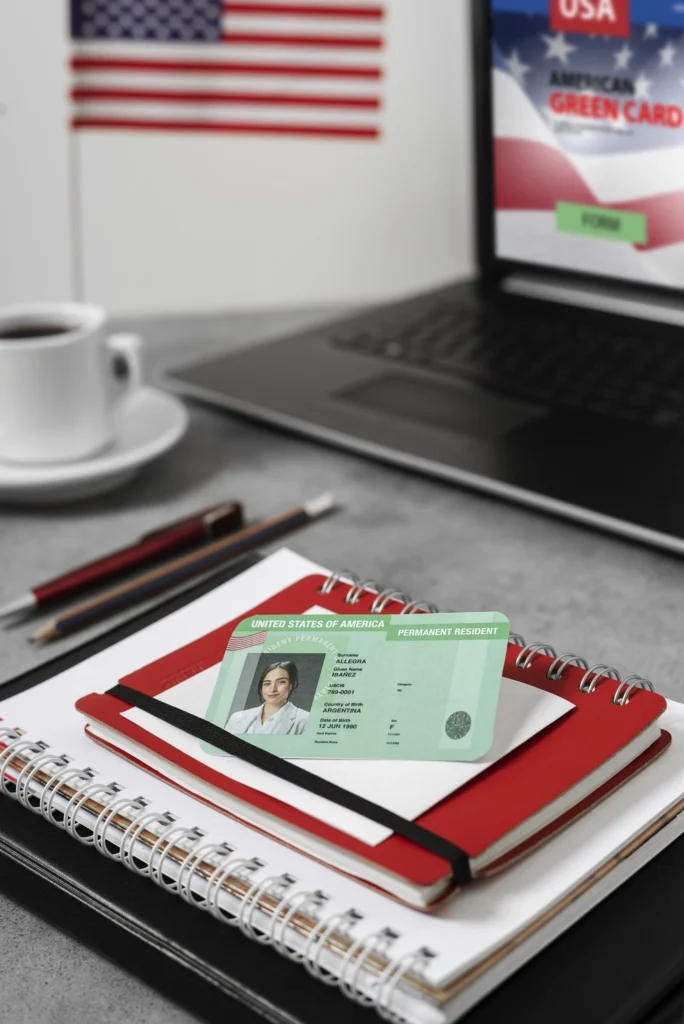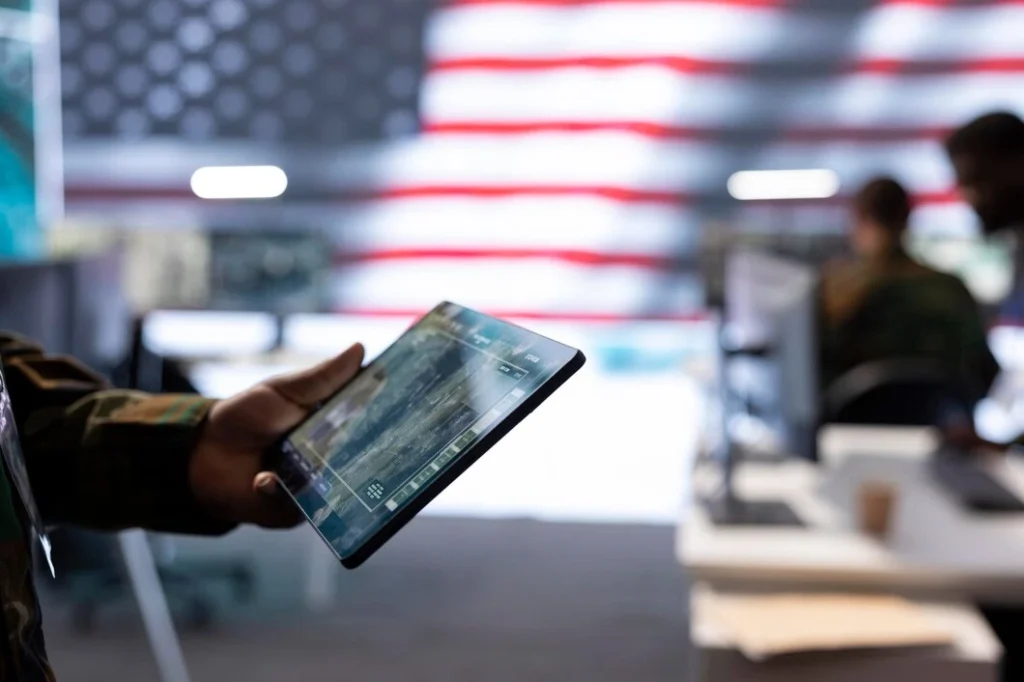The Real ID Act has been making headlines for years, but with the deadline for enforcement rapidly approaching, many Americans are still uncertain about what the law entails and how it impacts their daily lives. Originally passed in 2005 as part of post-9/11 security reforms, the Real ID Act is a federal law that sets new standards for the issuance of driver’s licenses and identification cards. Its primary goal is to enhance national security by ensuring that every state-issued ID meets strict verification guidelines.
Although the enforcement deadline has been extended multiple times to give states and individuals more time to comply, the Department of Homeland Security (DHS) has made it clear: once the law goes into full effect, anyone without a compliant ID will face restrictions on boarding domestic flights and accessing certain federal facilities.
Whether you’re a frequent traveler, a student, a government employee, or someone who just wants to be prepared, now is the time to make sure you understand what the Real ID is, why it matters, and how to get one before it becomes a requirement.

What Is the Real ID?
The Real ID is not a separate form of identification but rather a standardized version of your state-issued driver’s license or ID card. It complies with federal requirements established by the Real ID Act of 2005, which aimed to eliminate security loopholes that could be exploited by terrorists or criminals.
A Real ID looks similar to a traditional driver’s license, but it includes a star in the upper corner — this star signifies that the ID meets federal standards. Non-compliant IDs usually state “Not for Federal Identification” or something similar. The Real ID serves the same purposes as a traditional license for driving, age verification, and everyday identification, but with an added layer of security.
It’s important to note that the Real ID is not a substitute for a passport when it comes to international travel. However, it will be required for boarding domestic flights, entering military bases, and visiting certain federal buildings — unless you have another form of acceptable identification like a passport or military ID.
Why the Real ID Matters
The Real ID initiative stems from the need to secure identity documentation following the September 11 terrorist attacks. The 9/11 Commission recommended that the U.S. establish federal standards for the issuance of identification documents, which led to the Real ID Act.
By standardizing the ID issuance process and requiring stricter document verification, the Real ID aims to reduce identity theft, fraud, and the risk of unauthorized individuals gaining access to secure areas. In essence, it is a preventive measure designed to enhance the nation’s safety and reduce vulnerabilities in the identification system.
For travelers, this change is especially important. After the deadline goes into effect, travelers who attempt to board a domestic flight with a non-compliant ID will be turned away at security unless they can present an alternative form of federally accepted identification. That means long lines, missed flights, or being denied access to certain federal locations.

Who Needs a Real ID?
The Real ID is not mandatory for everyone — but whether you need one depends on your personal circumstances and travel habits. Here’s a breakdown of who should seriously consider getting a Real ID:
- Domestic travelers: If you frequently fly within the U.S., you’ll need a Real ID to pass through TSA checkpoints.
- Federal building visitors: Anyone who needs to access federal facilities, such as courthouses or Department of Homeland Security offices, will be required to present a Real ID or an acceptable alternative.
- Military base visitors: Real ID is required to enter most U.S. military installations unless you’re already carrying a military ID or passport.
You do not need a Real ID if you do not plan to fly or enter federal facilities, or if you already carry a passport or other acceptable ID. However, many people are choosing to obtain a Real ID as a backup in case they don’t have their passport on hand when needed. Students, retirees, and people who live in rural areas may not think they need one right away — but with life’s unpredictability, having a Real ID can be a smart, proactive move.

How to Get Your Real ID
Getting your Real ID is a one-time process, but it does require specific documentation and a trip to your local DMV or equivalent motor vehicle agency. Here’s a step-by-step guide to make it as smooth as possible:
- Check your state’s DMV website: Requirements can vary slightly by state, so start by visiting the official DMV website for your state to find out what you need.
- Gather your documents: Generally, you will need:
- Proof of identity (valid passport or birth certificate)
- Proof of Social Security number (Social Security card, W-2, or pay stub)
- Two documents proving residency (utility bills, lease agreement, or bank statements)
- Schedule an appointment: Many DMVs now allow you to book an appointment online, which can help you avoid long wait times.
- Visit the DMV: Bring all your documents and be prepared to have your photo taken. You’ll typically receive your Real ID in the mail within a few weeks.
- Pay the fee: There is usually a fee, which varies by state, to upgrade your license to a Real ID-compliant one.
It’s a good idea to start the process well before the deadline to avoid the last-minute rush that typically happens before major policy changes like this one go into effect.
Conclusion
The Real ID isn’t just another government requirement — it’s a step toward securing identity verification nationwide. Whether you’re traveling for business, visiting loved ones across the country, or simply want to be ready for future needs, getting a Real ID is a smart move. With the deadline for enforcement looming, now is the perfect time to gather your documents, make an appointment, and ensure you’re ready when the new rules take effect.
Table of Contents
Met Gala 2025: A Night of Glamour, Art, and Unforgettable Fashion – trendsfocus
REAL ID deadline: Requirement for air travel in America | CNN